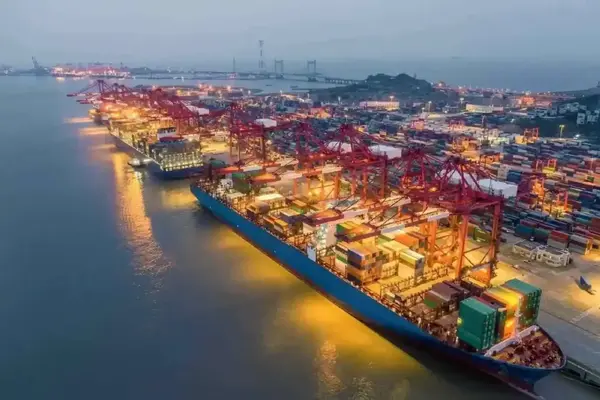

Table of Contents
China, as rightly told, is the world’s factory upfront in producing and assembling most products for export over several industries worldwide.
That said, it is not astonishing that the largest container market in the world rests on its shoulder, with its ports playing a very crucial role in international trade activities.
The Chinese port network is vast, including more than 150 major and over 1800 minor ports, which makes it an important connecting link in the global supply chain.
Some of the notable ones are Shanghai, Ningbo, Qingdao, Tianjin, Guangzhou, Shenzhen, Yantai, and Chiwan, to name a few.
If you are willing to ship from China, it will provide a gist of some of the major Chinese ports, about shipping operations, container handling capabilities, and the services offered at each of these mentioned ports.
Shanghai Port: A Gateway to Global Trade
Shanghai Port is the busiest container port in the world, thus becoming a crucial and vital hub in international trade. This port is situated at the mouth of the Yangtze River and functions as the most critical cargo center for not just all of China but also many other places from different parts of the world.
Key Highlights:
Container Handling Capacity:
Shanghai Port has been consistently tagged as the largest container port in the world with a throughput crossing the 40 million TEU mark annually..
Shipping Operations:
It is a modern port with state-of-the-art facilities and technologies that have efficient and fast handling for almost all types of cargo. It operates day and night to ensure smooth operations with minimum delays.
Terminal Facilities:
Shanghai Port has a number of professional terminals such as the Waigaoqiao Terminal, Yangshan Deep Water Terminal, and Wusong Terminal. Especially, the Yangshan Deep Water Port is an engineering wonder that can handle the world’s biggest cargo vessels.

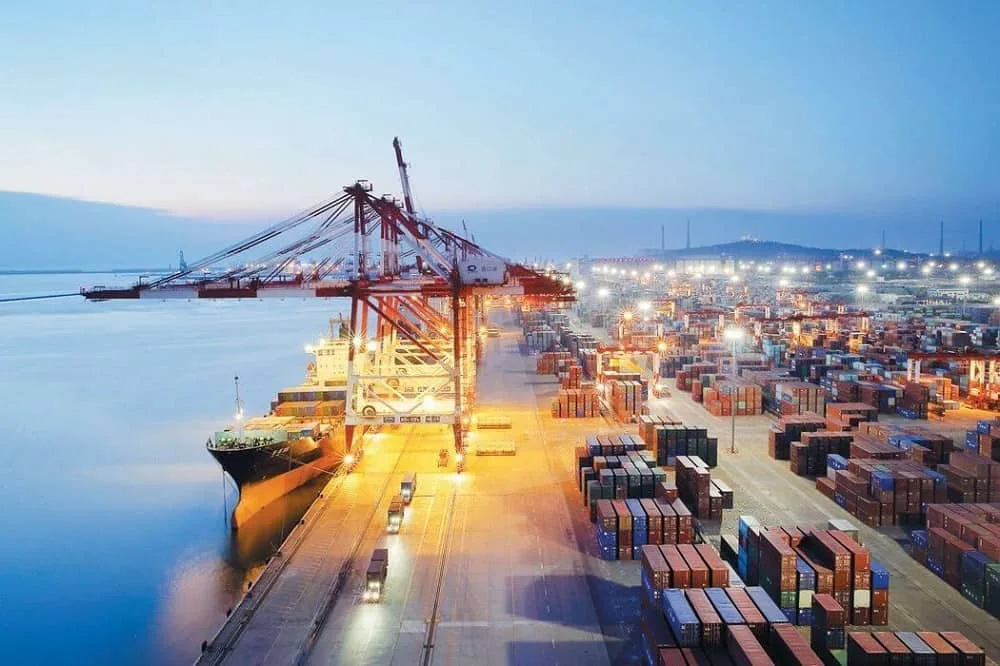
Services:
The container handling services include loading and unloading from the container, a facility for storage, customs clearance, and logistics support. It has good connectivity to major shipping lanes around the world and therefore is a major gateway to international trade.
Infrastructure:
Advanced infrastructure comprises enormous berthing facilities, automated systems, and large storage areas that provide high-capacity and efficient performance of the port. Further investments and developments also keep Shanghai Port ahead in modern shipping.
Economic Impact:
Shanghai Port plays a leading role in stimulating the economy of China by providing trade and commerce with impacts on markets around the world. Its efficient operations have benefited the worldwide supply chain immensely.
Among international shipping options, Shanghai Port enjoys incomparable capacity and efficiency advantages in connectivity; therefore, it is bound to become the first choice for global trade operations.
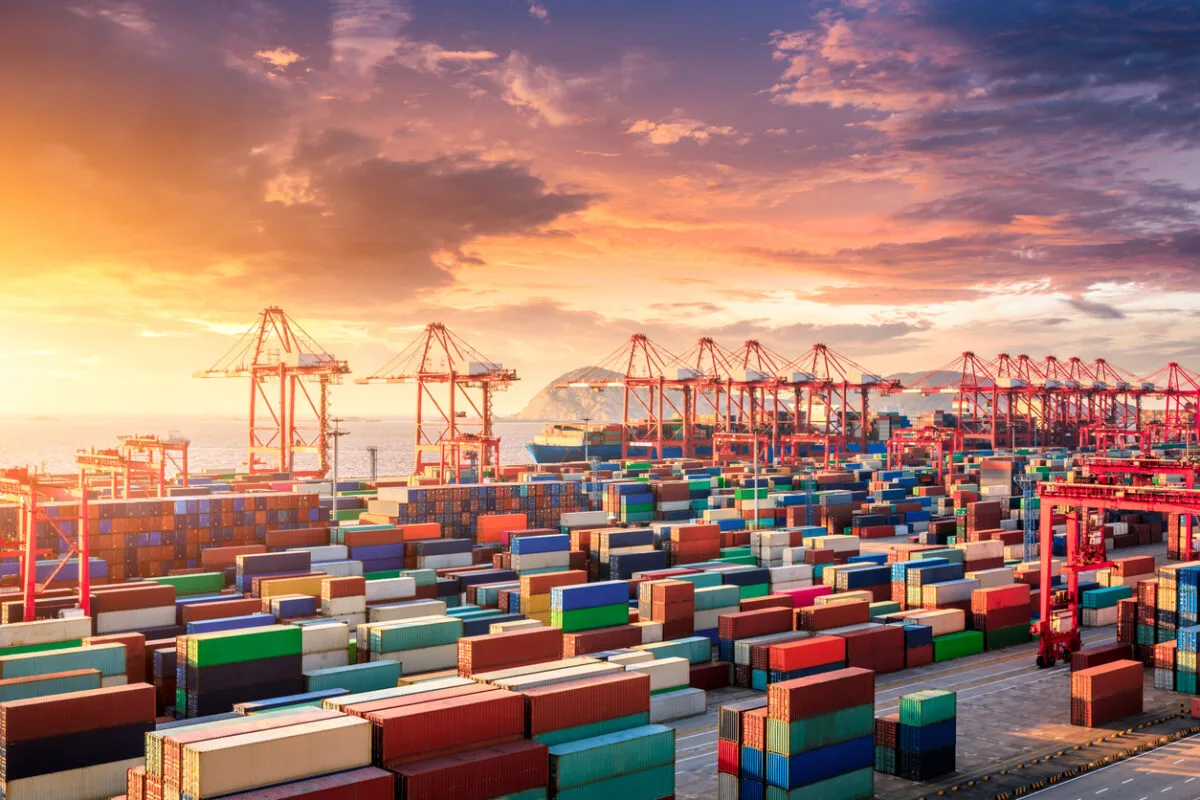
Ningbo Port: A Key Player in Global Maritime Trade
Situated in the Zhejiang Province, Ningbo Port-Ningbo-Zhoushan Port-is one of the busiest and most important ports globally. With its strategic position, it boasts a wide handling capacity. It is crucial for linking internal logistics within China, as well as acting as an international trade hub.
Key Highlights:
Container Handling Capacity:
Ningbo Port is one of the busiest in the world, having an annual container throughput of more than 30 million TEUs. The port can be well equipped for handling a wide range of cargoes efficiently.
Shipping Operations:
The operational hours in this port are 24/7, working with the latest technologies along with automated systems in place that assure fast and efficient cargo handling. Such a high level of efficiency minimizes the turn-around times while optimizing the productivity of operations at large.
Terminal Facilities:
Ningbo Port has specialized terminals in container, bulk cargo, and oil terminals. The most modern is the Meishan Island International Container Terminal, which is capable of holding the world’s biggest container vessels.
Services:
Ningbo Port provides services including loading and unloading of containers, warehousing, customs clearance, and transshipment. Logistics services are backed up by an extended network of roads, rail, and inland waterways, improving connectivity and efficiency.
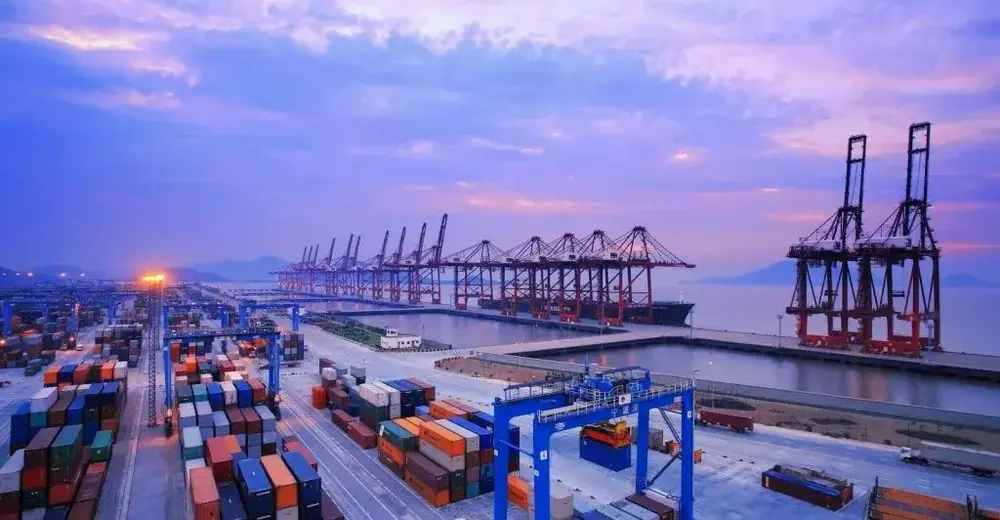
Infrastructure:
The infrastructural facility at the port is highly modern, with extensive berthing facilities and huge storage areas equipped with the latest handling technology. Continuous investment in infrastructural development at Ningbo Port has kept it abreast of current developments in maritime trade.
Strategic Location:
Ningbo is strategically located close to the Yangtze River Delta, thus enabling it to be well-connected with both the inland as well as the coastal regions. It is a critical location for the delivery of commodities throughout China and exports to international markets.
Economic Impact:
It is a significant regional and national contributor to the economy, where Ningbo Port contributes a high share in import and export activities of China. In this regard, it can create much value for the global supply chain by promoting international trade and business.
Ningbo Port allows the companies involved in international trade to enjoy essential strengths: strong capacity, modern infrastructure, and strategic linkage become one of the most important centers within the world’s maritime transport network.
Port of Qingdao: A Vital Hub for International Trade
Qingdao Port is one of the most busy and important in China, playing an important role in trade development and building up a logistic network within the country. It is located in Shandong Province and forms part of the major entry and exit points for products to and from northern China.
Key Highlights:
Container Handling Capacity:
The Port of Qingdao has become one of the first-class ports in the world, with its annual container throughput already having surpassed 21 million TEUs by 2020. Being among the busiest ports in the world, it ingeniously handles cargo through a broad diversification of traffic.
Shipping Operations:
Qingdao port, equipped with advanced technologies and automated systems, functions day and night, guaranteeing speed and efficiency in the handling of cargoes. Its range of operations includes a broad category of activities: container loading and unloading, bulk cargo handling, and logistics services.

Terminal Facilities:
Specialized facilities in the port area include the Qianwan Container Terminal, Huangdao Oil Terminal, and Dagang Bulk Cargo Terminal. Qianwan Terminal enjoys a unique advantage in receiving the world’s largest container boats.
Services:
The Port of Qingdao provides a whole range of services, from stevedoring and goods forwarding to storage and warehousing. Its extensive logistical network provides easy access to inland destinations by road, rail, and water.
Infrastructure:
It has a well-developed harbor with deep-water facilities capable of servicing ultra-large container vessels. Continuous investment in the renovation and development of infrastructure keeps it in step with international sea trade.
Strategic Location:
The strategic location of Qingdao on the Yellow Sea offers an opportunity for the port to systematically use trade routes with Japan, Korea, and other important markets of the Asia-Pacific region. Its location is critical in the distribution of products throughout northern China.
Economic Impact:
The Port of Qingdao serves not only as an economic driving force for Shandong Province but also for China in general, handling a significant percentage of the country’s import and export trade and thereby greatly serving global supply and international trade.
Its huge capacity, efficiency, and strategic linkages make the Port of Qingdao an attractive advantage for firms interested in international trade, forming an important node in the world’s ocean transport network.
Port of Tianjin: Northern China’s Gateway to the World
It is the primary port for northern China, a vital gateway to international trade. Tianjin Port is one such particular port situated within the municipality of Tianjin; it is the largest in Northern China and among the busiest worldwide.
Key Highlights:
Container Handling Capacity:
The container throughput of the Port of Tianjin is impressive; it handled more than 18.35 million TEUs in the year 2020. This puts it in the category of the top-rated ports around the world in handling containers.
Shipping Operations:
Opened in 1860, today’s port is a facility with highly advanced technologies and automated systems operating day and night. The diverse nature of its cargo comprises all sorts, from containers to bulk to liquid bulk, among others. More than 550 million tons are treated annually in the facility.
Terminal Facilities:
It has various specialized terminals, with the facility for container terminals, bulk cargo terminals, oil terminals, and Ro-Ro (Roll-on/Roll-off) terminals. The major container terminals are the Pacific International Container Terminal and Euroasia International Container Terminal.
Services:
The Port of Tianjin offers a wide range of services ranging from stevedoring to freight forwarding, storage, warehousing, and customs clearance. Its extensive logistics network ensures easy connectivity to inland destinations by road, rail, and waterways.
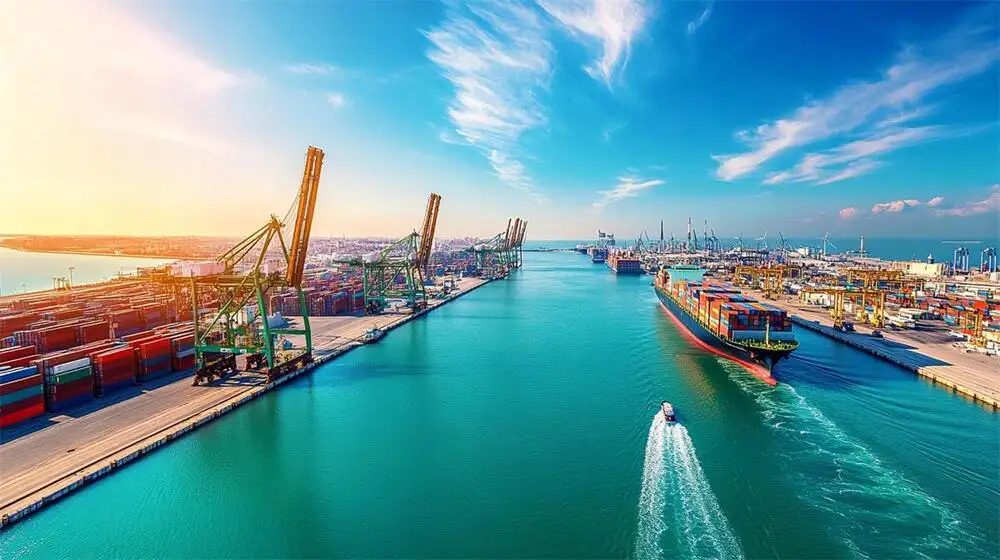
Infrastructure:
The Port of Tianjin is situated on the western shore of Bohai Bay and is thus strategically placed to act as an entry point into both Beijing and the northern provinces of China. Its location makes for considerable efficiency in trade routes to Korea, Japan, and other major international markets.
Strategic Location:
Situated at the western shore of the Bohai Bay, the Port of Tianjin is strategically positioned to serve as a gateway to Beijing and the northern provinces of China. Its location facilitates efficient trade routes to Korea, Japan, and other major international markets.
Economic Impact:
The Port of Tianjin is one of the most significant economic motors in this region and is considered among the first contributors to the local and national economy. In fact, it assists in a huge quantity of the import/export activity of China, such as machinery, electronics, vehicles, textiles, and agricultural products.
The Port of Tianjin offers a high-capacity, advanced-infrastructure, and strategically connected facility for businesses that have to ship goods from or to another country. It acts as the backbone in the field of global maritime logistics by providing seamless trade and commerce.
Major Chinese shipping ports play a very instrumental role in promoting international trade and economic development. Equipped with state-of-the-art facilities, such as the Port of Shanghai, which has been ranked the busiest container port in the world, and strategically positioned, the case of the Port of Shenzhen, the maritime ports constitute a vital link in connecting various international markets. Continuous investment in infrastructure and technology at these ports ensures that they remain competitive and efficient in handling ever-increasing volumes of cargo. With the global demand for goods on a continuous rise, the shipping ports of China are only bound to assume greater importance. To keep abreast of changes and development in this crucial industry, all stakeholder interest must be riveted on changes and developments in the ways in which Chinese ports operate.

TopShipping
With years of experience in logistics and freight forwarding, the author is passionate about making shipping smoother and more efficient.
As a leader at TopShipping, they’ve developed a deep understanding of supply chain management, international shipping rules, and creative logistics solutions. They’re driven by a desire to help businesses succeed by delivering reliable, customer-focused services.
Over the years, they’ve also shared their expertise by writing for various industry publications, offering practical tips and insights on the latest trends in logistics. Thanks to their leadership, TopShipping has become a trusted name for companies looking for hassle-free global freight solutions.
Comment Section
Comment
Write your idea about "Major shipping ports In China 2025"


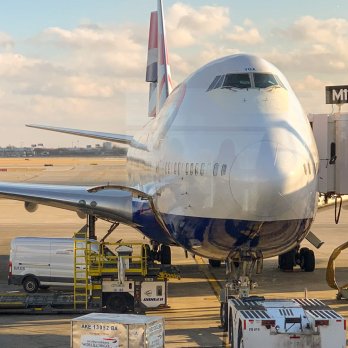



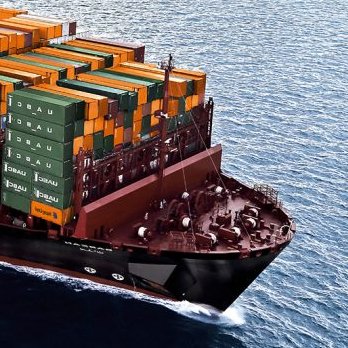
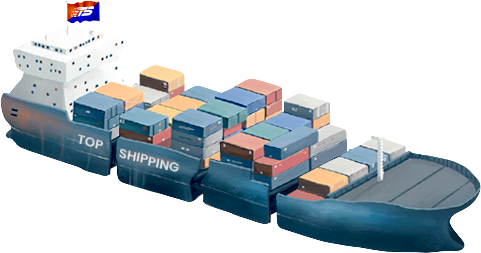
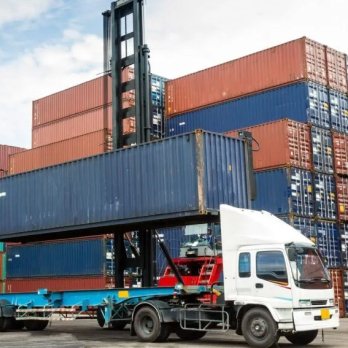

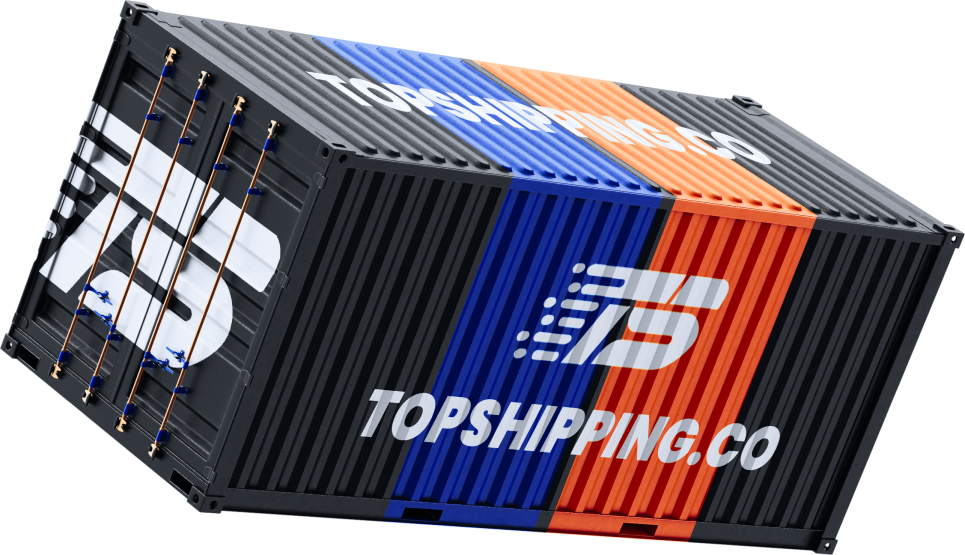





No comments yet.